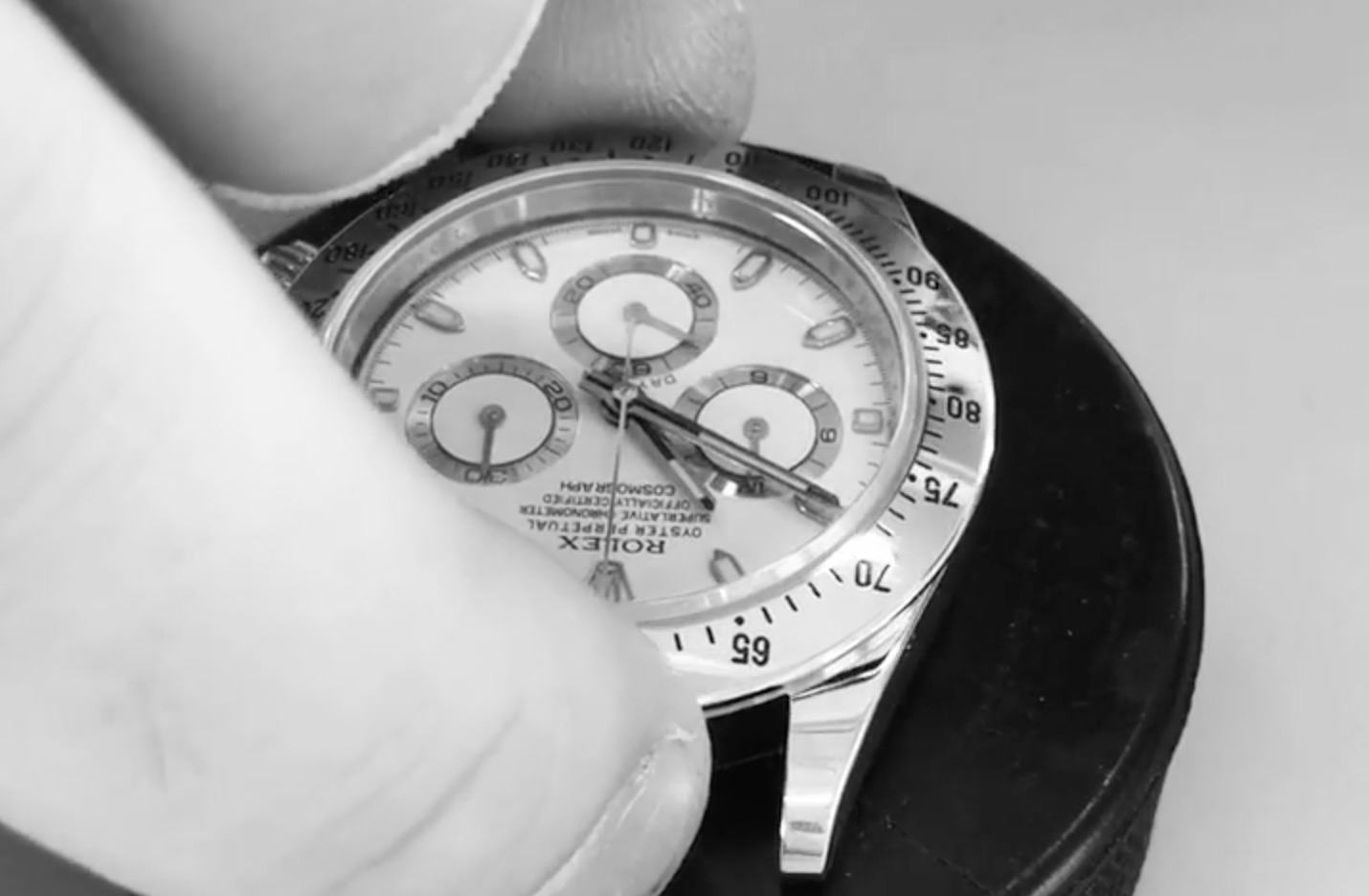It’s no secret that Rolex watches are impeccably made. The Swiss watch manufacturer uses some of the very finest materials, including its in-house developed Oystersteel; a 904L steel which is more resistant to rust and corrosion compared to 316L stainless steel that’s commonly employed by other watchmakers.
The Cosmograph Daytona is one of the highlights of Rolex’s arsenal of timepieces, and one of the models that gets the Oystersteel treatment (among other materials for various different models). It was first launched in 1963 as the ultimate tool for motor racing drivers, and as such, is named after Daytona, Florida, where racing became popular in the 20th century.
While the company does include machinery in the production process, they’re still human-operated, and components such as the bracelet and movements are still hand-assembled. It’s partly why you may often have to wait a while to get your hands on one. So have you ever wanted to get a closer look at how the Daytona is put together?
Well, now you can do just that, thanks to a series of videos posted to Instagram by Horologer, a WOSTEP (Watches of Switzerland Training & Education Program) watchmaker from Norway, who has a particular love for Rolex.
A quick scroll through his Instagram page is enough to make any watch aficionado salivate, but if you can resist the temptation and spend more time looking at his videos, you’ll be able to get a deeper look into how the elegant timepieces are put together.
He not only shows us how the self-winding 4130 movement (which he believes to be one of the finest movements around) is assembled, together with the oscillating weight…
…but even the process of attaching the final case and crown, including the likely-to-be-fiddly-to-us-mortals process of placing the tiny screws into the back with a pair of tweezers.
Removing the hands is a particularly intricate job.
And he also shows us that instead of changing the strap, he likes to change the dial of his Daytona when the season changes.
If you were always curious as to how many pieces make up a Rolex Daytona, he’s even got you covered there.
And he even clearly explains exactly what happens inside your watch that causes it to stop when you pull out the crown.
Horologer’s encyclopaedic knowledge means his account is an absolute must-follow for even the most amateur of enthusiasts. And if you were already well-versed in the art of watchmaking, then it’s simply a good place to get your watch-porn fix.
